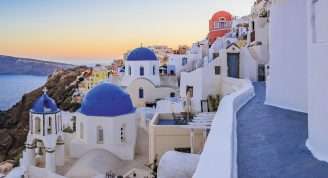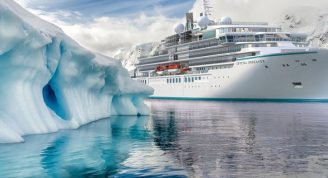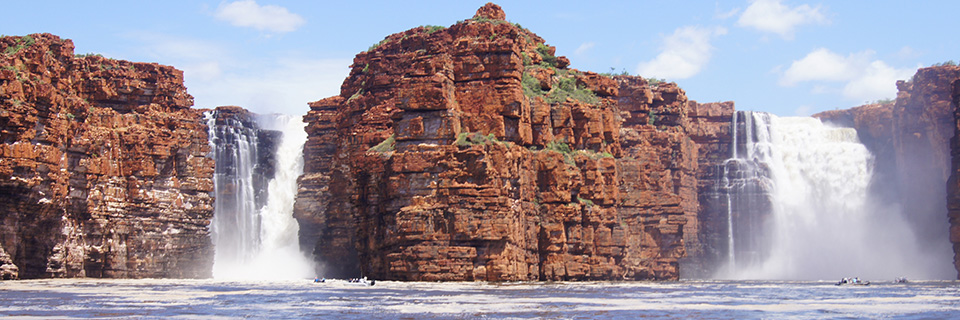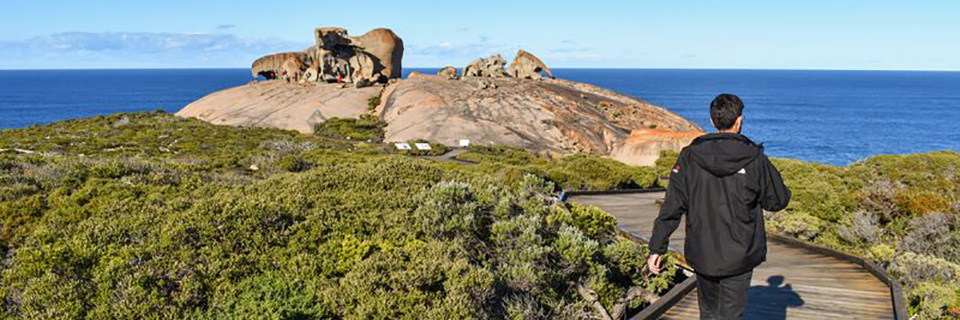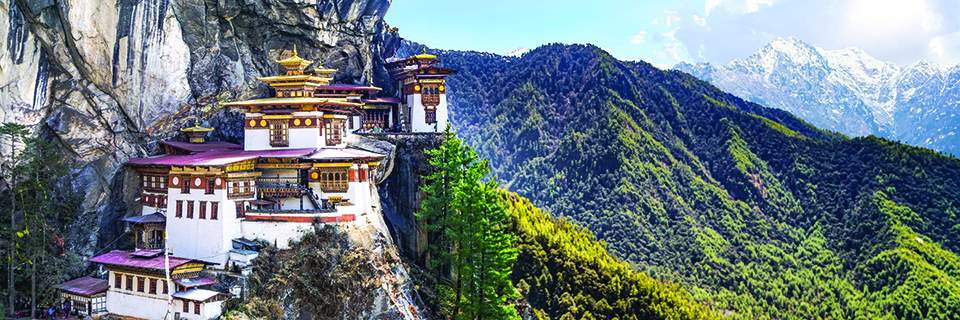Description
Be among the few to sail in the wake of great explorers on a journey through the legendary Northwest Passage. Experience the raw and daunting beauty of truly wild terrain on a rarely-travelled voyage. Even today, few ships have the capability to navigate this isolated sea passage that cuts through the wild and remote Arctic beauty of North America.
We will see a fantastic range of wildlife, some amazing landscapes and we will also have the chance to visit some historical sites as well as some of the local communities that live in this wild part of the world.
Connecting the Pacific and Atlantic Oceans, the Northwest Passage is a beautiful and unforgiving route, having claimed the lives of many explorers over the years. Since the late 15th century, the search for this fabled seaway through the Canadian Arctic was a holy grail for hardy adventurers. There are records of almost 40 expeditions that sailed these waters, either to explore this unknown territory or to find the sea route to Asia.
The first recorded attempt was the voyage of John Cabot in 1497. The most famous journey here was James Cook’s failed attempt to sail the Passage in 1776, and of course the ill-fated Franklin expedition of 1845. The first to conquer the Northwest Passage by ship was Norwegian explorer Roald Amundsen on an expedition that lasted from 1903 to 1906, aboard the converted herring boat Gjøa. We sail in the wake of great explorers to rediscover these renowned waterways.
Starting in Kangerlussuaq, we visit Greenlandic Inuit settlements and the UNESCO World Heritage site Ilulissat Icefjord, before we cross the Davis Strait and venture into the Canadian Arctic Archipelago of Nunavut. This is our launching point into the heart and history of the Northwest Passage.
The true north
We make our way through the icy waters of Arctic Canada. You will be amazed by the vast expanses of pristine wilderness seen from the deck. We aim to visit several sites with traces of earlier expeditions. We will call at some of the world’s northernmost communities, explore legendary inlets and channels, and take you on exciting small boat cruises and landings. When conditions allow, we will launch our kayaks or take you on hikes.
Top of the world
Being at the top of the world means sailing in the midst of ice. On this voyage, like the voyages of the explorers before us, we will go where the ice allows. No matter where we sail or what we will see, we can promise a safe and thrilling expedition. After all, we sail into the Northwest Passage, something few ships even attempt today.
Price includes:
Expedition in cabin grade of your choice on a full board basis
Economy flight Copenhagen to Kangerlussuaq
Transfer airport to ship in Kangerlussuaq
Transfer ship to airport in Nome
Economy flight Nome to Vancouver
Transfer airport to hotel in Vancouver
One hotel night in Vancouver including breakfast
Wind- and water-resistant jacket
Landings with small boats and activities on board and ashore
Professional English-speaking Expedition team that gives lectures as well as accompanies landings and activities
Free tea and coffee
Not included:
International flights
Travel insurance
Luggage handling
Optional Excursions and Gratuities
We will cruise on one of the most innovative vessels afloat, Hybrid technology, combined with the advanced construction of the hull and effective use of electricity on board will reduce fuel consumption and CO2-emissions on the ships by 20 percent.











